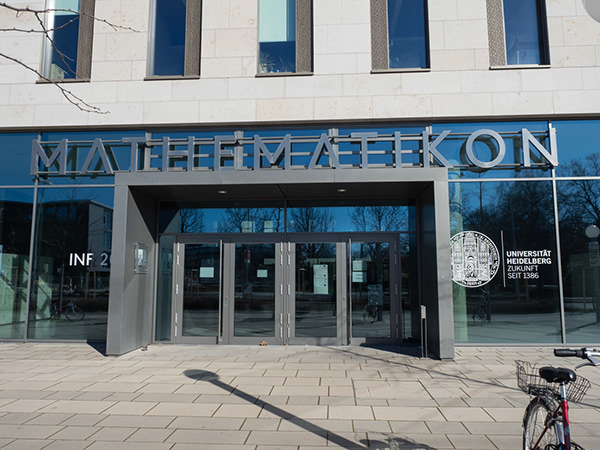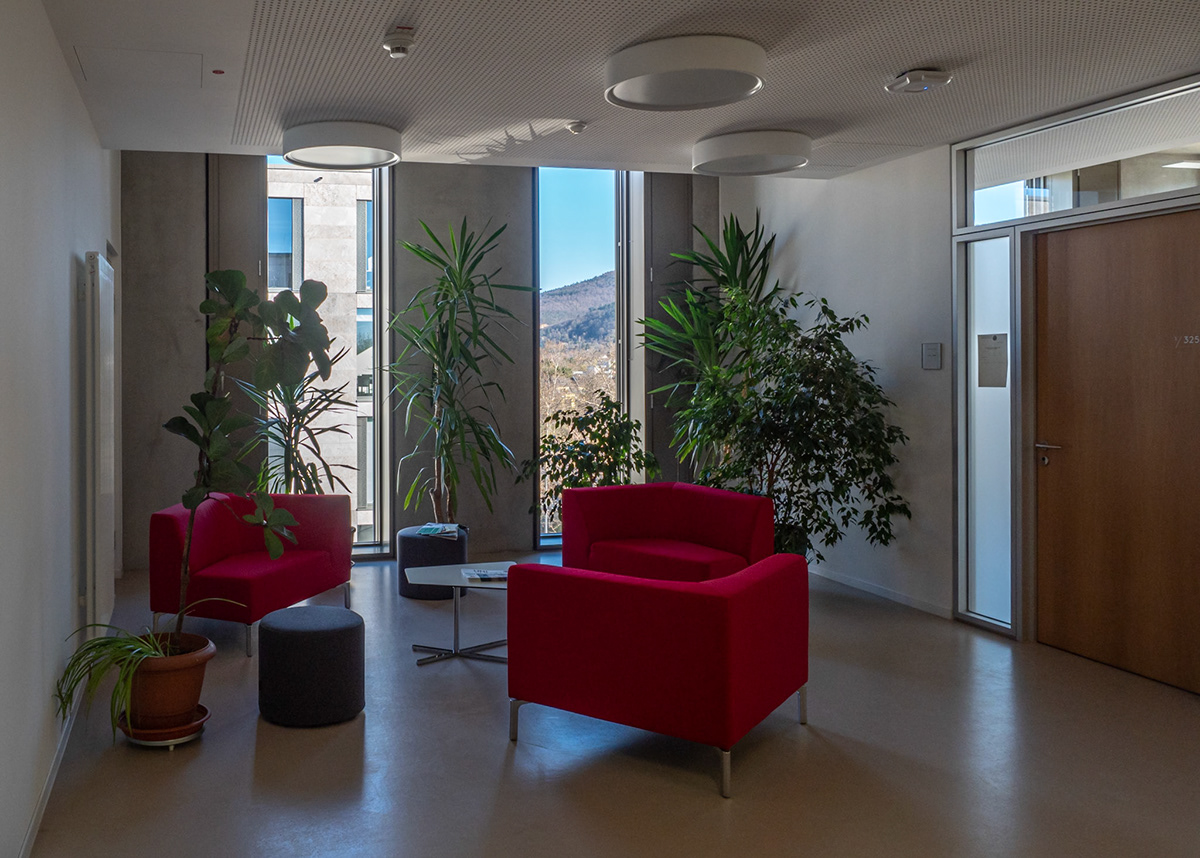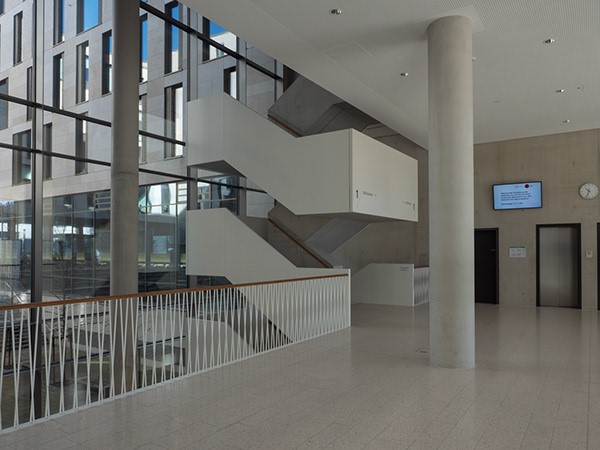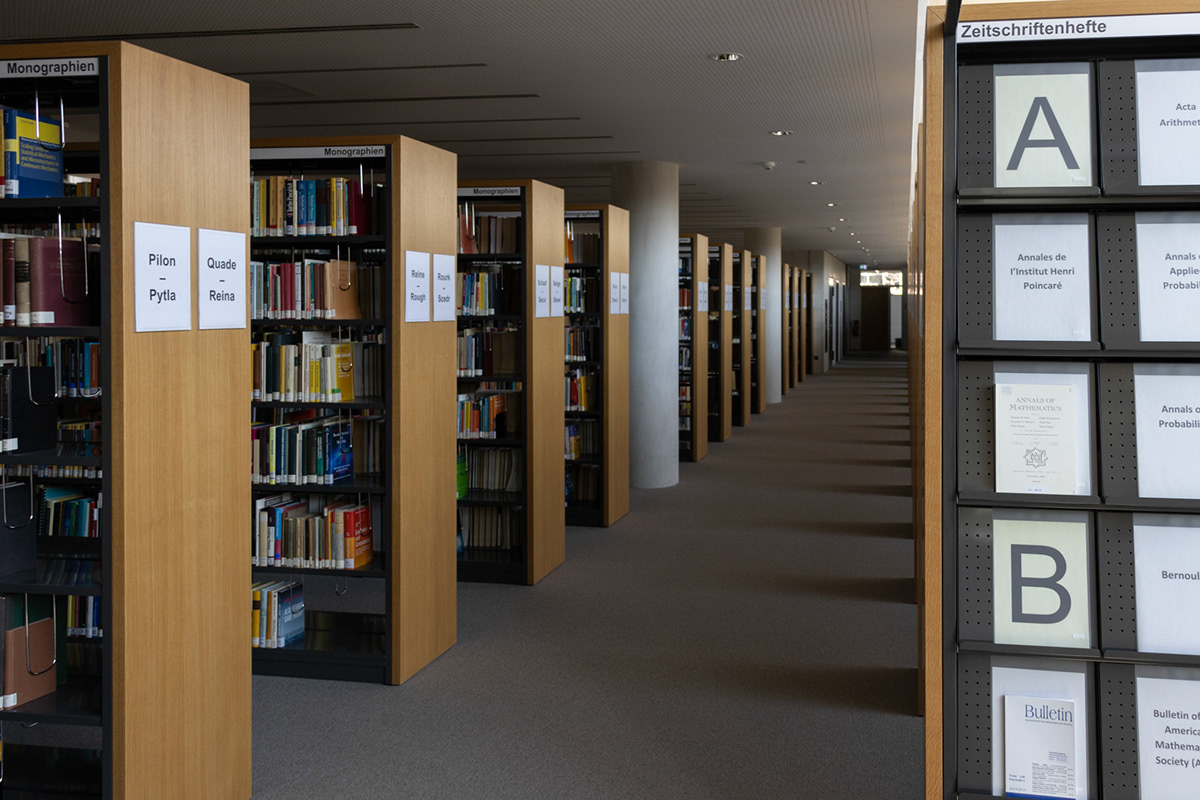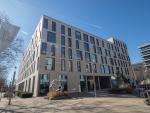
Geometry and Dynamics
Geometry and Dynamics in Heidelberg encompasses broadly speaking differential geometry, geometric group theory and symplectic and contact geometry. One focus lies on discrete subgroups of Lie group, corresponding representations varieties and deformation spaces of geometric structures. This has strong ties to hyperbolic geometry. Another focus lies on applying modern tools from symplectic geometry to Hamiltonian dynamical systems such as classical systems from celestial mechanics or magnetic systems but also to billiard type systems. To foster the various links and connections between these research directions we founded the Research Station Geometry & Dynamics at Heidelberg University. The aim of the Research Station is to facilitate fundamental research and to explore applications of geometry, topology and dynamics in other sciences. In this we closely collaborate the cluster of excellence STRUCTURES. With the Heidelberg Experimental Geometry Lab (HEGL), we create a research driven learning and teaching environment for students and strive to make our research accessible to a wide audience.
Working Groups and Research Leaders
Mathematical Institute
Symplectic Geometry and Topology, Hamiltonian Dynamical Systems, Floer theory
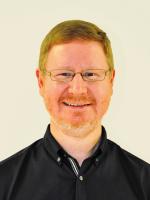
Mathematical Institute
Deformation spaces of geometric structures, Representation varieties, Positivity in Lie groups

Mathematical Institute
Hyperbolic 3-manifolds of infinite volume, Teichmüller theory, Dynamics on character varieties
Mathematical Institute
Anosov and maximal representations, (Complex) hyperbolic geometry, (Higher rank) Teichmüller-Thurston theory
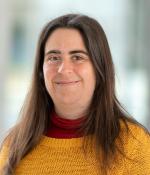
Mathematical Institute
Finite and infinite translation surfaces, big mapping class groups, random walks on hyperbolic spaces
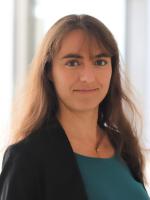
Mathematical Institute
Translation surfaces, continued fraction algorithms, computational mathematics


